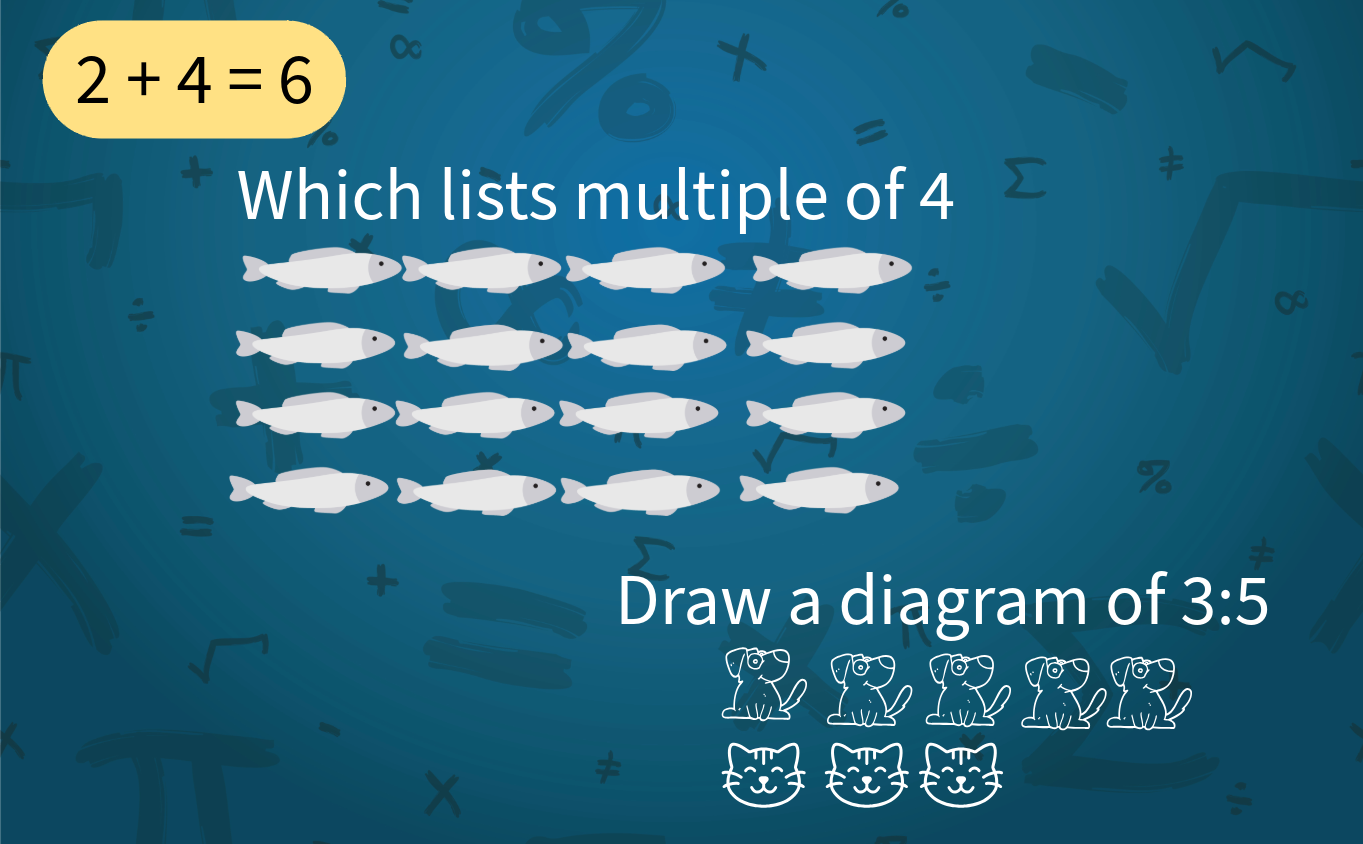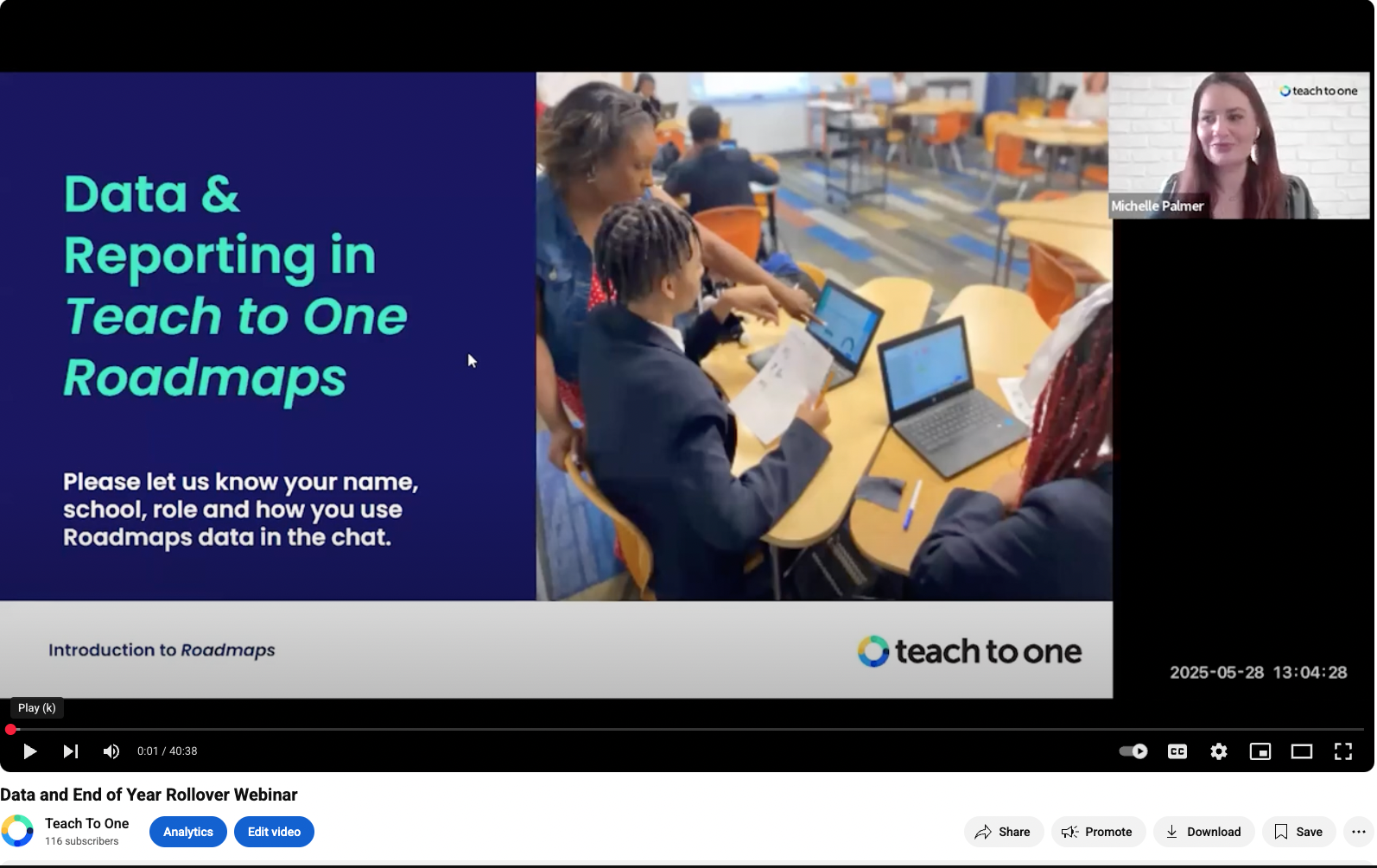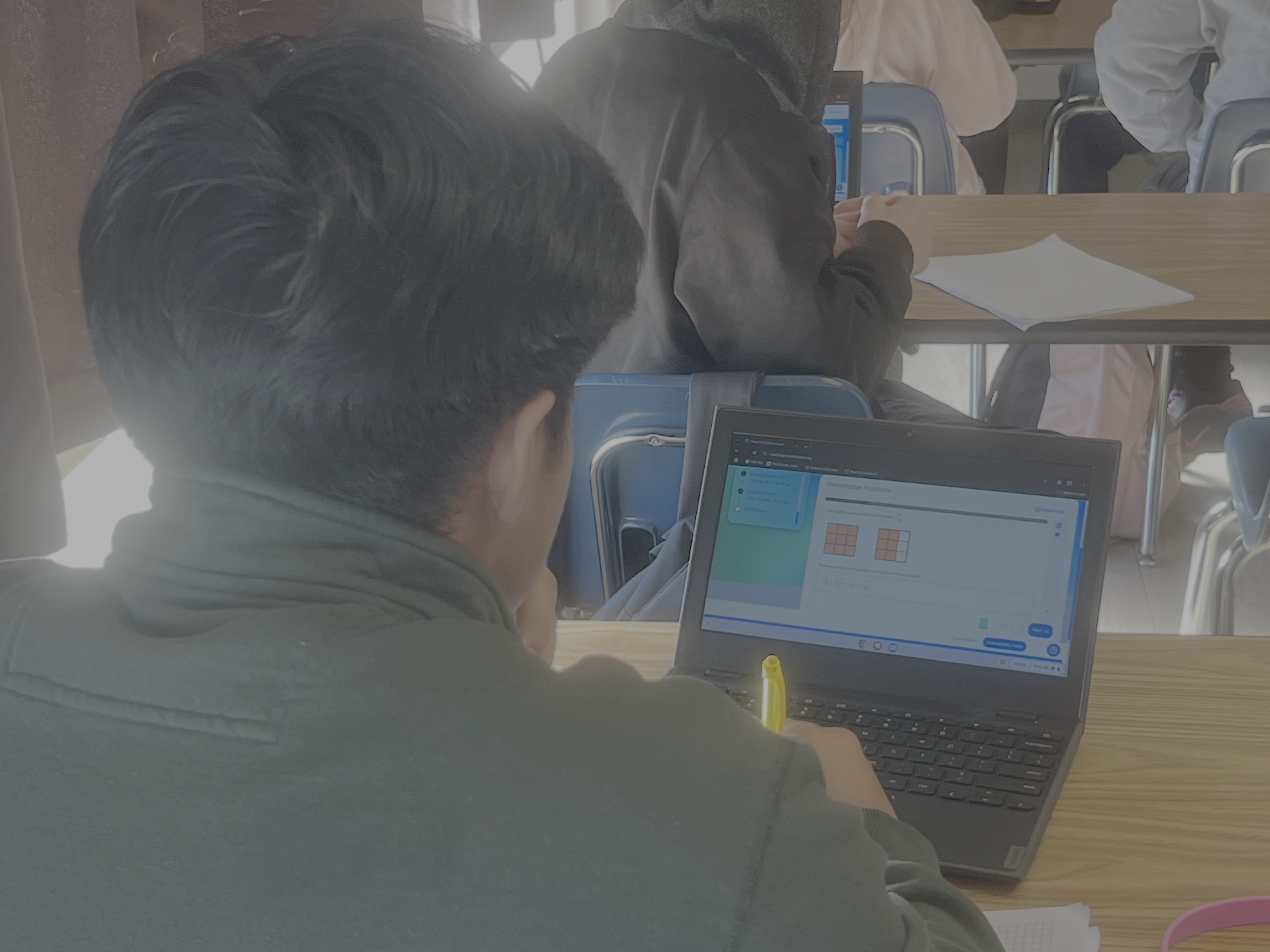Rethinking the Definition of High-Quality Instructional Materials for Math
July 29, 2024
By Joel Rose for The 74

Rose: The focus on grade-level work sets an appropriately high bar but makes it difficult for teachers to help students catch up on lost learning.
In many states and districts, post-pandemic learning recovery began with literacy. Not only had students fallen behind in reading, but a new body of research pointed to deep flaws in the way reading had been taught for decades.
Now, policymakers and education leaders are beginning a pivot to math, where drops in scores on both the PISA and NAEP exams have been far more acute.
What’s the plan?
One strategy states will assuredly consider is to focus on the continued adoption of High Quality Instructional Materials — curriculum aligned to college- and career-ready standards. The trend toward these materials in both reading and math accelerated when troubling evidence emerged that disadvantaged students were not getting equitable access to high-quality teaching. Federal recovery dollars then helped to turbocharge adoption across the country.
These materials have been a major step forward for teachers who, for decades, were provided with low-quality textbooks or online resources that didn’t reflect high standards or research-based teaching practices. Introducing an objective quality rating into the textbook adoption process disrupted the K-12 publishing industry for the better and helped to ensure that all students had access to educational programs rooted in high expectations.
But before going all-in on HQIM in math, state and district leaders should consider the implications of an important nuance in how instructional materials are evaluated by EdReports and other ratings agencies: to qualify for an acceptable rating, the materials must focus on grade-level work.
Read more from New Classrooms CEO Joel Rose in his op-ed for The74
Latest Posts

Putting Predecessor Skills to Work
In this article, I’ll share what the report’s findings about predecessor skills mean for teachers in the classroom, and how you can leverage Teach to One Roadmaps (developed by New Classrooms) to pinpoint exactly which skills (procedural, conceptual, and applied) students need next and what to do with that information.

Recording: Data and End of Year Rollover Webinar
In this 45-minute webinar recording, Michelle Palmer, Senior Director of Customer Success, and Liat Greenspan, Associate Director of Program Success, explain how to assign a skill or pathway, use the Teacher Dashboard to identify struggling students, leverage the Reports Hub for weekly planning, and monitor growth and engagement on the Progress Page.

Getting Students Engaged in Math at Valley Charter
Students arrive at their assigned seats equipped with laptops and individualized Teach to One Roadmaps packets, which include a work time poster, a note-taking sheet, and graph paper.